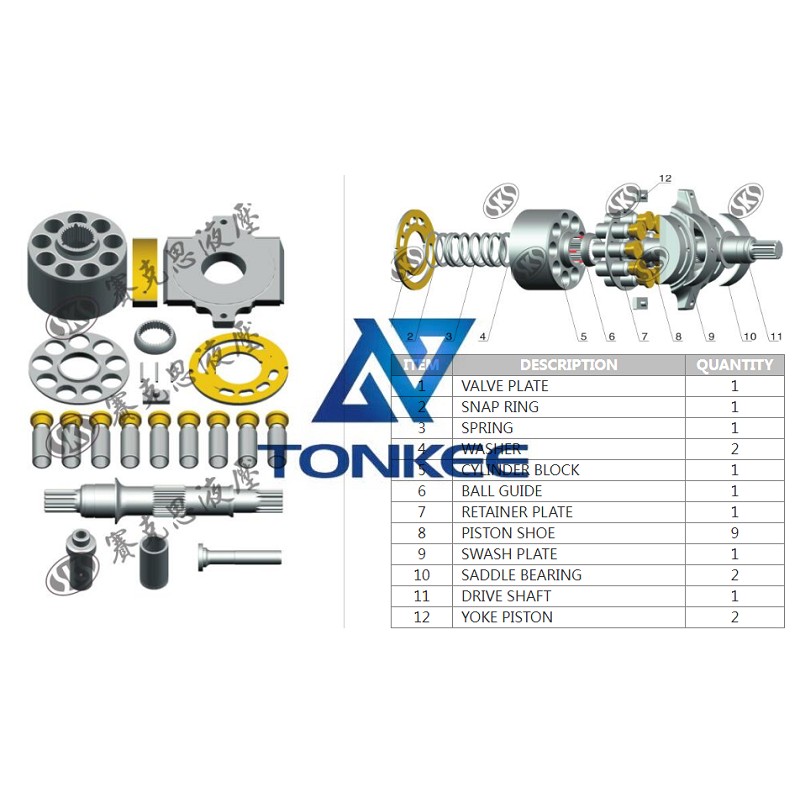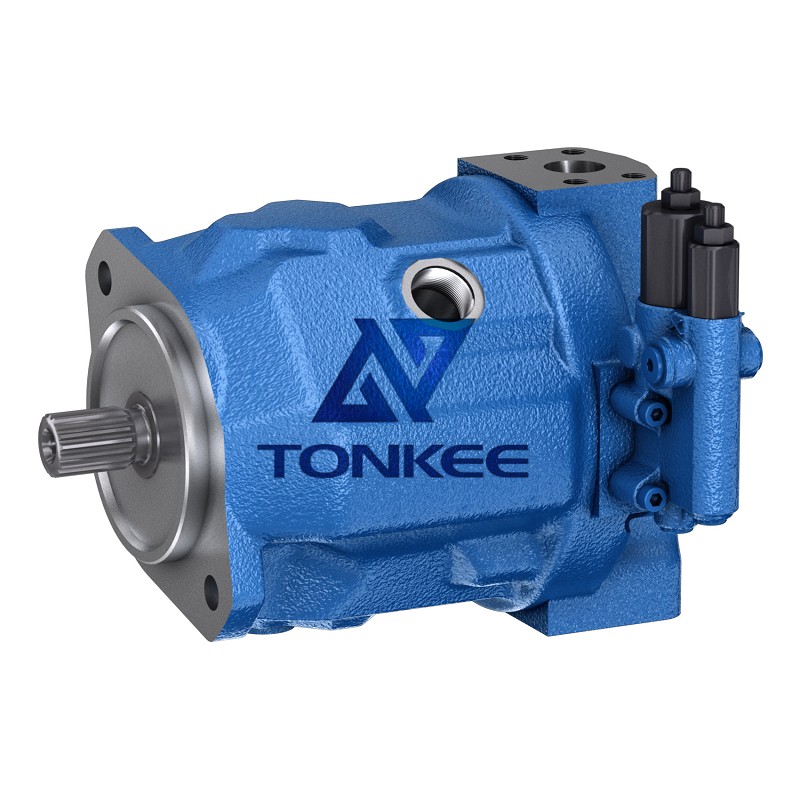
The BRL100 Valve Plate is specifically designed to fit hydraulic pumps with a model number BRL100.
It serves as a vital interface between the piston and the cylinder block, enabling smooth and efficient operation of the hydraulic pump. Made from durable materials, such as high-grade steel or aluminum alloy, the valve plate ensures longevity and reliability in demanding operating conditions.
One of the key features of the BRL100 Valve Plate is its precise design, which allows for optimal fluid flow and pressure regulation within the hydraulic pump. It incorporates a series of precisely engineered channels and ports that control the direction and rate of fluid flow, enabling the hydraulic system to generate the required output pressure for various applications. This design also ensures minimal energy loss and improved overall pump efficiency.
The BRL100 Valve Plate is meticulously manufactured to meet strict quality standards. Tonkee® employs advanced machining and manufacturing processes to ensure dimensional accuracy and tight tolerances, resulting in a high-performance valve plate. Each valve plate undergoes thorough quality inspections and testing procedures to guarantee its reliability and performance.
Installation of the BRL100 Valve Plate is straightforward, and it is compatible with the corresponding BRL100 hydraulic pump model.
The valve plate is designed to fit precisely within the hydraulic pump housing, forming a tight seal to prevent fluid leakage and maintain system integrity. It is important to follow the manufacturer's instructions and guidelines during the installation process to ensure proper functionality and longevity.
Maintenance of the BRL100 Valve Plate is essential for optimal performance and longevity of the hydraulic pump. Regular inspection and cleaning of the valve plate, along with other hydraulic components, is recommended to prevent the buildup of contaminants and debris that could affect its performance. Additionally, replacing the valve plate at recommended service intervals or if signs of wear or damage are detected is crucial to avoid potential pump failure.





 English
English português
português Русский язык
Русский язык










